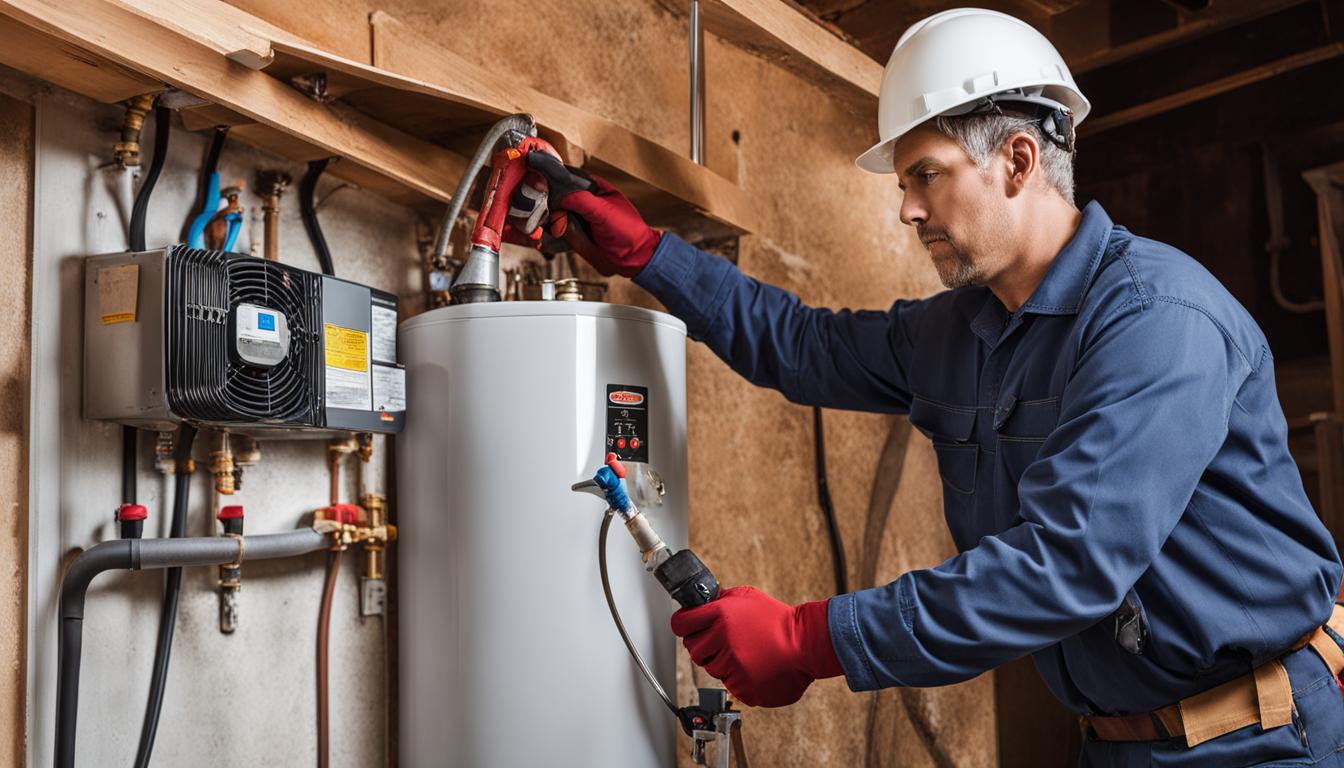Maintaining Your Home's Hot Water System: Essential GuidelinesSimple Methods to Care for Your Home's Hot Water System Effectively
Maintaining Your Home's Hot Water System: Essential GuidelinesSimple Methods to Care for Your Home's Hot Water System Effectively
Blog Article
Do you find yourself on the lookout for answers about Water Heater Maintenance Tips You Can't Afford to Forget?

Hot water is vital for day-to-day comfort, whether it's for a rejuvenating shower or cleaning dishes. To ensure your warm water system runs efficiently and lasts longer, routine upkeep is key. This article supplies sensible tips and insights on exactly how to keep your home's hot water system to prevent interruptions and pricey repairs.
Introduction
Preserving your home's warm water system could seem challenging, but with a few basic actions, you can ensure it operates smoothly for many years to find. This overview covers every little thing from understanding your hot water system to do it yourself upkeep pointers and recognizing when to call specialist aid.
Relevance of Preserving Your Hot Water System
Regular maintenance not only expands the life-span of your warm water system however likewise ensures it runs effectively. Overlooking maintenance can result in reduced effectiveness, higher power expenses, and also early failure of the system.
Signs Your Warm Water System Demands Maintenance
Knowing when your warm water system requires interest can avoid significant issues. Look out for signs such as inconsistent water temperature level, odd sounds from the heating unit, or rustic water.
Flushing the Water Heater
Flushing your water heater removes debris build-up, boosting performance and extending its life.
Checking and Replacing Anode Rods
Anode rods prevent corrosion inside the container. Checking and replacing them when worn out is crucial.
Facility Concerns Needing Professional Help
Examples consist of significant leaks, electrical problems, or if your hot water heater is constantly underperforming.
Routine Professional Maintenance Conveniences
Professional upkeep can consist of detailed assessments, tune-ups, and making sure compliance with safety standards.
Inspecting and Changing Temperature Level Settings
Adjusting the temperature setups guarantees optimum performance and safety and security.
DIY Tips for Upkeep
You can perform numerous upkeep tasks on your own to keep your warm water system in leading condition.
Looking for Leaks
On a regular basis evaluate pipes and links for leaks, as these can cause water damages and greater bills.
Comprehending Your Warm Water System
Before diving into upkeep tasks, it's practical to recognize the basic components of your hot water system. Usually, this consists of the water heater itself, pipes, anode poles, and temperature controls.
Regular Monthly Upkeep Tasks
Regular regular monthly checks can aid catch small concerns before they intensify.
Examining Stress Relief Valves
Checking the stress safety valve ensures it works correctly and stops excessive pressure accumulation.
Insulating Pipes
Shielding warm water pipes decreases warm loss and can conserve power.
When to Call a Professional
While DIY upkeep is valuable, some concerns require specialist knowledge.
Final thought
Regular maintenance of your home's warm water system is essential for efficiency, durability, and price financial savings. By adhering to these tips and knowing when to seek expert assistance, you can make sure a trustworthy supply of warm water without unanticipated disruptions.
How to Maintain an Instant Hot Water Heater
Before tinkering with your hot water heater, make sure that it’s not powered on. You also have to turn off the main circuit breaker and shut off the main gas line to prevent accidents. Also turn off the water valves connected to your unit to prevent water from flowing into and out of the appliance. 2. When you’re done, you have to detach the purge valves’ caps. These look like the letter “T” and are situated on either side of the water valves. Doing so will release any pressure that has accumulated inside the valves while at the same time avoid hot water from shooting out and burning your skin. 3. When the purge valves’ caps are removed, you have to connect your hosing lines to the valves. Your unit should have come with three hoses but if it didn’t, you can purchase these things from any hardware or home repair shops. You can also get them from retail stores that sell water heating systems. Read the user’s manual and follow it to complete this task properly. When the hosing lines are connected, open the purge port’s valves. 4. You should never use harsh chemical cleaners or solutions when cleaning your unit. Make use of white vinegar instead. It should be undiluted and you’ll probably use about 2 gallons. 5. Now flush your water heater. This task should probably take about 40 minutes. We can’t give you specific directions for this because the procedure is carried out depending on the type, model and brand of your heater. With that being said, refer to the user’s manual. 6. When you’re done draining the unit, you have to turn off the purge port valves again. Remove the hosing lines that you earlier installed on each of the water valves. Put the valve caps (purge port) back in their respective places and be very careful so as not to damage the rubber discs that are found inside these caps. 7. Now that everything’s back in place, check your user’s manual again to find out how to reactivate your water heating system. 8. Once it is working, turn one of your hot water faucets on just to let air pass through the heater’s water supply pipes. Leave the tap on until water flows smoothly out of it. https://www.orrplumbing.com/blog/2014/september/how-to-maintain-an-instant-hot-water-heater/

As a keen reader about What Kind of Maintenance Do Water Heaters Need?, I thought sharing that excerpt was really helpful. For those who enjoyed our blog posting plz don't forget to share it. Thank you for your time spent reading it.
Additional Information Report this page